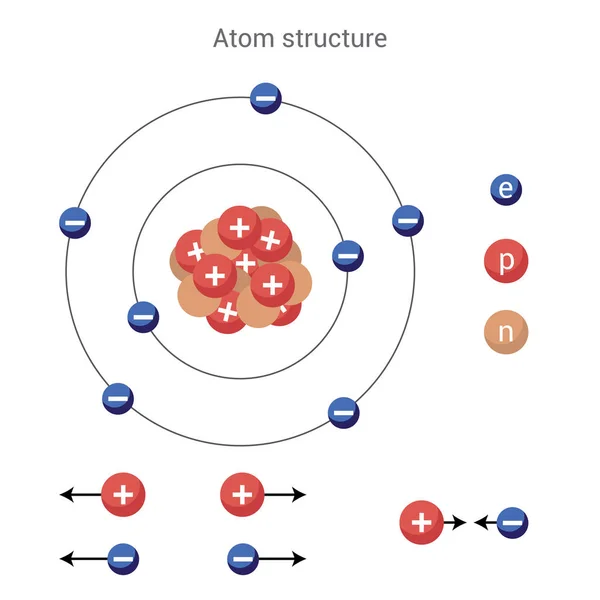

It took several years of further experiments to confirm Thomson’s interpretation of the experiments, but science had in fact discovered the particle that carries the fundamental unit of negative electrical charge. Later, Thomson’s work led him to declare, “I can see no escape from the conclusion that are charges of negative electricity carried by particles of matter.” Perrin showed that cathode rays actually carried negative electrical charge. Along with many others, Thomson and Perrin were studying the mysterious cathode rays that were known at the time to consist of particles smaller than the smallest atom. Thomson and French physicist Jean Perrin. This model was debated for several hundred years, but it was finally put to rest in 1897 by the work of the English physicist J. Almost 2,000 years later, the English physicist William Gilbert proposed a model that explained the effect of electric charge as being due to a mysterious electrical fluid that would pass from one object to another. The word electric itself comes from the Greek word elektron for amber, because the ancient Greeks noticed that amber, when rubbed by fur, attracts dry straw. It took scientists a long time to discover what lay behind these two types of charges. Ask which type of force is at work between the balloon and the glass rod or comb (a repulsive force). Amuse the students by pushing the balloon first in one direction and then quickly moving the glass rod or comb to the opposite side of the balloon to make it decelerate and then move in the opposite direction. Place the balloon on a nonconducting tabletop, and use the glass rod or comb to repel the balloon and make it roll across the tabletop. A simple demonstration may be to charge a glass rod or comb by rubbing it with wool, silk, or other cloth and then charge an inflated balloon by rubbing it on your shirt or hair. Prepare a demonstration of static electricity. Figure 18.2 shows how these simple materials can be used to explore the nature of the force between charges. Similarly, two silk cloths rubbed in this manner will repel each other, because both cloths have negative charge. Two glass rods rubbed with silk in this manner will repel one another, because each rod has positive charge on it. Because the glass and silk have opposite charges, they attract one another like clothes that have rubbed together in a dryer. For example, when glass is rubbed with silk, the glass becomes positively charged and the silk negatively charged. By convention, we call one type of charge positive and the other type negative. How do we know there are two types of electric charge? When various materials are rubbed together in controlled ways, certain combinations of materials always result in a net charge of one type on one material and a net charge of the opposite type on the other material. A positive charge and a negative charge attract each other. Thus, two positive charges repel each other, as do two negative charges. Like charges repel each other, and unlike charges attract each other. Electric charge comes in two varieties, which we call positive and negative. This saying is based on electric charge, which is a property of matter that causes objects to attract or repel each other. When two things with excess opposing charges, one positively charged and the other negatively charged, are in close proximity, they attract each other.You may know someone who has an electric personality, which usually means that other people are attracted to this person. When two items with an overabundance of one type of charge are relatively close to each other, they repel each other. There are two sorts of electric charges: positive and negative. Positive and negative electric charge exists in discrete natural units and cannot be manufactured or destroyed. ISRO CS Syllabus for Scientist/Engineer ExamĮlectric charge is a fundamental feature of matter that regulates how elementary particles are impacted by an electric or magnetic field.ISRO CS Original Papers and Official Keys.GATE CS Original Papers and Official Keys.DevOps Engineering - Planning to Production.Python Backend Development with Django(Live).
#Discrete charge of electron android
Android App Development with Kotlin(Live).
#Discrete charge of electron full


 0 kommentar(er)
0 kommentar(er)
